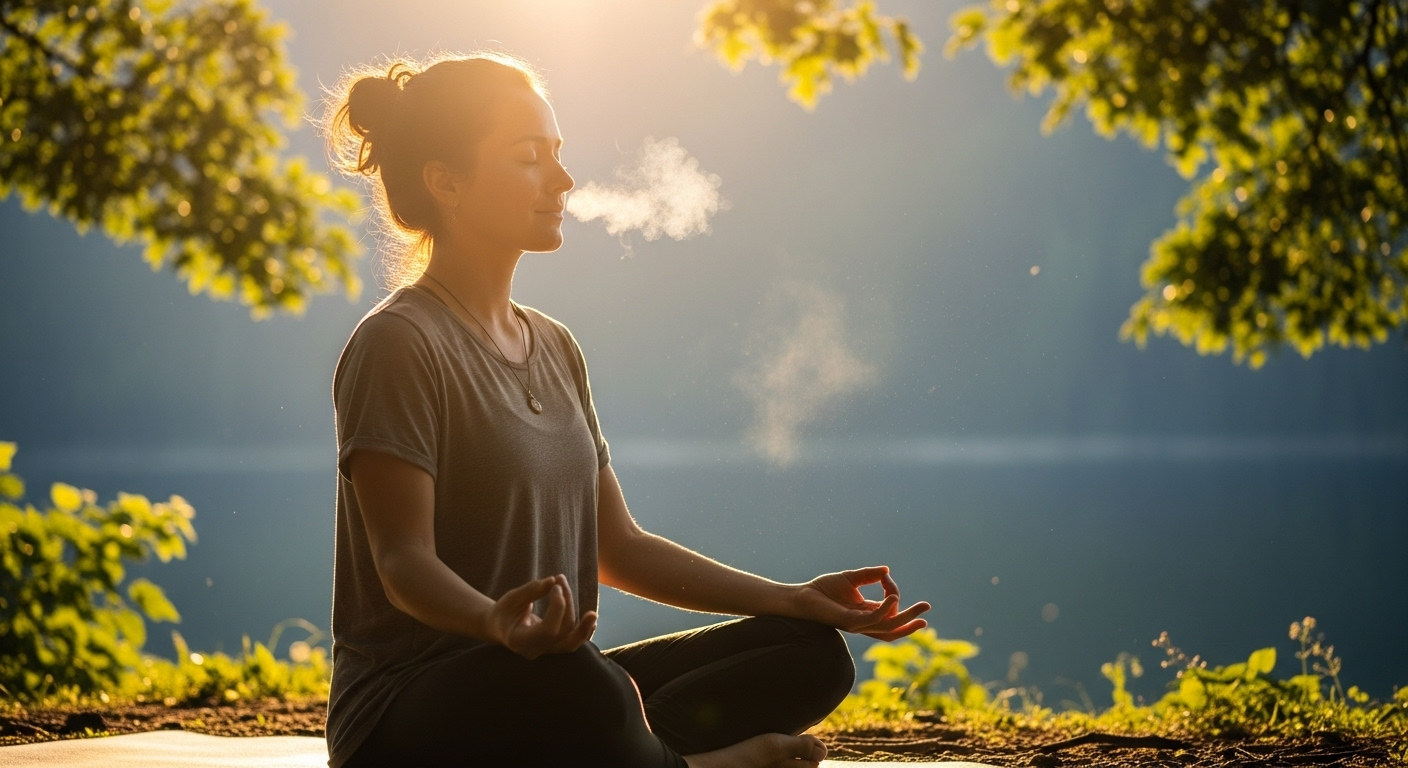Unmasking Eye Bags: Causes, Prevention, and Treatment
The human face is a complex canvas, conveying a multitude of emotions and expressions. Among the many features that comprise this canvas, the eyes are arguably the most captivating. However, the area surrounding the eyes is also susceptible to various aesthetic concerns, including the dreaded eye bags. Despite their prevalence, eye bags are often misunderstood. This article aims to demystify this common cosmetic issue, investigating its causes, prevention strategies, and available treatments.

Understanding Eye Bags: More Than Just Lack of Sleep
Eye bags, medically referred to as periorbital puffiness, are characterized by swelling or puffiness under the eyes. Contrary to popular belief, lack of sleep is not the sole culprit. The formation of eye bags is a multifactorial process involving the interplay of aging, genetics, lifestyle choices, and environmental factors.
The skin around the eyes is thinner than elsewhere on the body, making it more vulnerable to aging and external influences. As we age, the tissues and muscles supporting our eyelids weaken, causing fat that ordinarily helps support the eyes to migrate forward into the lower eyelids. This, coupled with fluid accumulation in the space below the eyes, results in a puffy appearance.
The Lifestyle Connection: How Our Habits Influence Eye Bags
Certain lifestyle habits can exacerbate the development of eye bags. High salt intake, for example, can cause fluid retention, leading to puffiness. Smoking, known for its detrimental effects on the skin, can accelerate the aging process and contribute to eye bags. Sleep position also plays a role. Sleeping on your stomach or side can encourage fluid accumulation under the eyes. Conversely, sleeping on your back and elevating your head with an extra pillow can help mitigate this.
The Evolution of Eye Bag Treatments: From Cold Spoons to Advanced Cosmetic Procedures
The quest to banish eye bags is not a recent phenomenon. Historical remedies range from the simplistic—such as the application of cold spoons or cucumber slices—to the bizarre, like the use of hemorrhoid cream.
Modern science, however, has ushered in a new era of eye bag treatments. Dermatologists now offer a range of non-surgical options, including fillers to even out the under-eye area, and laser treatments to tighten and resurface the skin. For those seeking a more permanent solution, lower eyelid surgery, known as blepharoplasty, can remove or reposition the fat under the eyes.
The Rise of At-Home Remedies: An Intersection of Tradition and Innovation
Despite advancements in medical treatments, many people prefer natural, at-home remedies. Inspired by traditional practices, these remedies have gained popularity due to their accessibility, affordability, and perceived gentleness. Examples include massaging the under-eye area to improve circulation, applying tea bags which contain caffeine and antioxidants that can reduce swelling and discoloration, and using skincare products with ingredients like retinol, vitamin C, and hyaluronic acid that can rejuvenate the skin.
However, it’s essential to approach these remedies with a level of skepticism, as their effectiveness varies greatly from person to person and is often not supported by robust scientific evidence.
Eye Bags in the Cultural Zeitgeist: A Shift in Perception
In recent years, there has been a growing trend towards embracing natural beauty, flaws and all. This shift has led to a more nuanced conversation about eye bags. Some have even started to view eye bags as a sign of authenticity, a visible testament to life’s trials and tribulations. One notable example is the “aegyo sal” trend in South Korea, where puffiness under the eyes is considered attractive and youthful.
That said, whether to treat or embrace eye bags is a personal decision. It’s crucial to remember that everyone’s relationship with their appearance is individual and subjective. If eye bags cause discomfort or impact self-esteem, seeking treatment can be a positive step. Conversely, if eye bags are not a source of concern, they can be seen as just another unique feature that makes us who we are.
In conclusion, eye bags are a complex issue with a myriad of contributing factors and potential solutions. Understanding these factors and solutions can empower us to make informed decisions about our skin health and aesthetic preferences. Whether through lifestyle changes, medical treatments, at-home remedies, or embracing them as they are, dealing with eye bags is a personal journey—one that ultimately contributes to our ongoing dialogue with beauty and self-acceptance.





